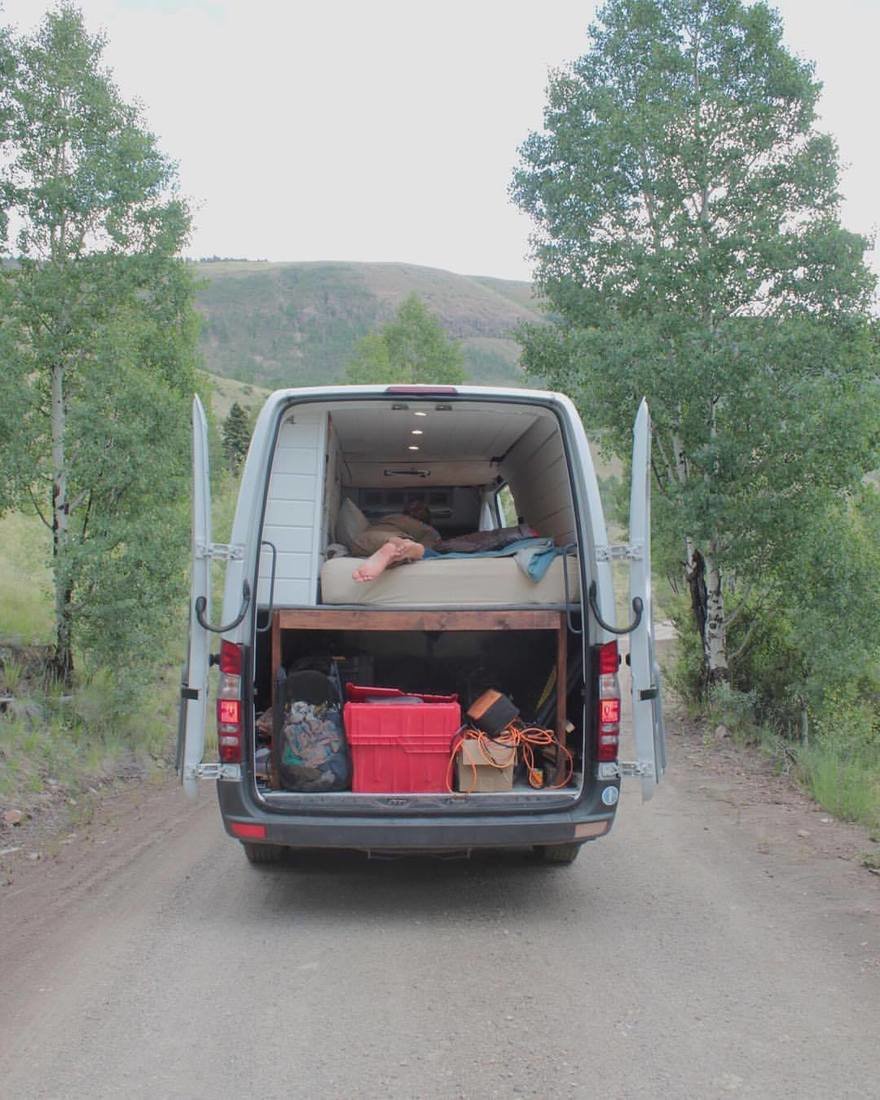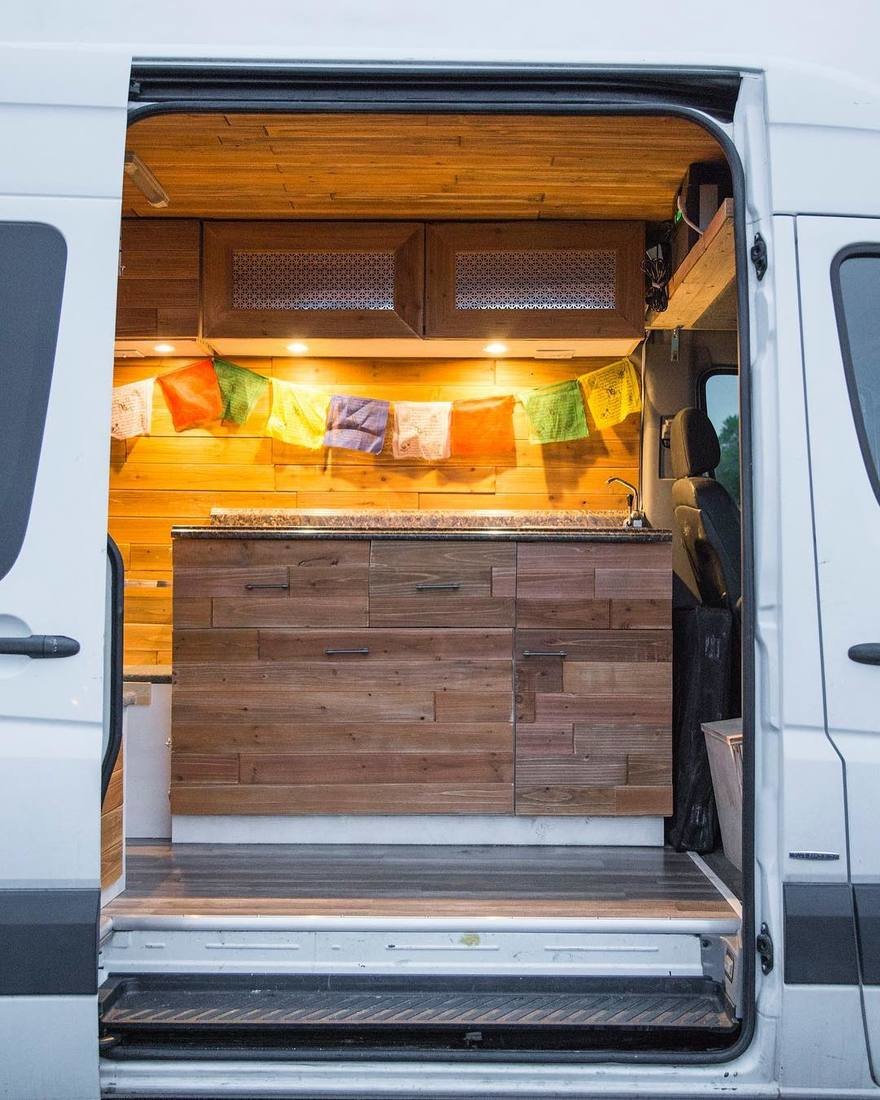Design/Build Firm Chewy Design Co.'s Van-to-Home Conversions
Brett Lewis got in early on the "van life" trend, is now featured on a Discovery show
A pandemic-proof job for a designer/builder: Design/build things that enable your clients to escape society. Business is booming for Chewy Design Co., an Austin-based van-to-home conversion shop started by Brett Lewis, and one that's become so popular it's featured on an episode of "Van Go" on the Magnolia Network (see bottom of entry).










Lewis himself spent years living out of his Sprinter van, giving him the experience to know what makes living out of a van viable on a budget. He insulates the structures of his clients' vans (everything from tiny Nissan NV200s to decommissioned school buses) with Havelock Wool, adds ventilation fans and A/C, wires up electrical for refrigerators, water pumps and lighting, hooks up solar panels on the roofs, and builds out the interiors to suit the clients' tastes and lifestyles.














Lewis also offers a "half build" option aimed at DIY'ers who only want to do the fun parts of the build. "Let our team push you off to a strong start by taking the frustrating first steps out of the way," he writes. "The half build will take your van from a stressful tin can project to a beautiful canvas for you to finish-out however you see fit." With this option, the headaches--insulation, wiring, HVAC, solar panels, bed frames, windows and floorings--are taken care of by Chewy.

As mentioned above, Lewis and Chewy are featured in an episode of "Van Go," the Discovery show dedicated to van life and hosted by Chip and Joanna Gaines. Here's the episode trailer:
Enter a caption (optional)
-
o1Favorite This
-
Q2Comment
K
{Welcome
Create a Core77 Account
Already have an account? Sign In
By creating a Core77 account you confirm that you accept the Terms of Use
K
Reset Password
Please enter your email and we will send an email to reset your password.

Comments
Can we talk for a sec about GVWR? Nothing specific to Chewy, but as someone who's built out a couple of my own Sprinters (which I love) and spent a fair amount of time on the fantastic and informative self-build forums it's something that's rarely raised.
For the common T1N (lead image '02-06) and NCV3 ('07-18) Sprinter 2500 the GVWR is just over 8,500lb. With a reasonably light build (light 1/8in interior paneling, CNC router relieved cabinets & doors, aluminum framing for cabinets & bed but no sink or shower) my 170in Sprinter 3500 dually weighs 7,700lb (against a 9,500ish-lb GVWR).
When I see full t&g interiors, sinks with tile (!) backsplashes, butcher block countertops, and heavy aftermarket bumpers on the lighter-duty 2500 chassis it's hard not to believe that builders are well beyond what the vehicle and its tires are rated for. I remember a particular thread in which a self-builder found himself tens of thousands of dollars and countless hours into a build only to come in *two thousand pounds* over weight.
Legality aside, there's a personal responsibility aspect when self-builders risk other road users' safety with long braking distances, poor handling, and the risk of blowouts at speed. And if your insurance company realizes that you're over GVWR, good luck with any claims that arise from an accident.